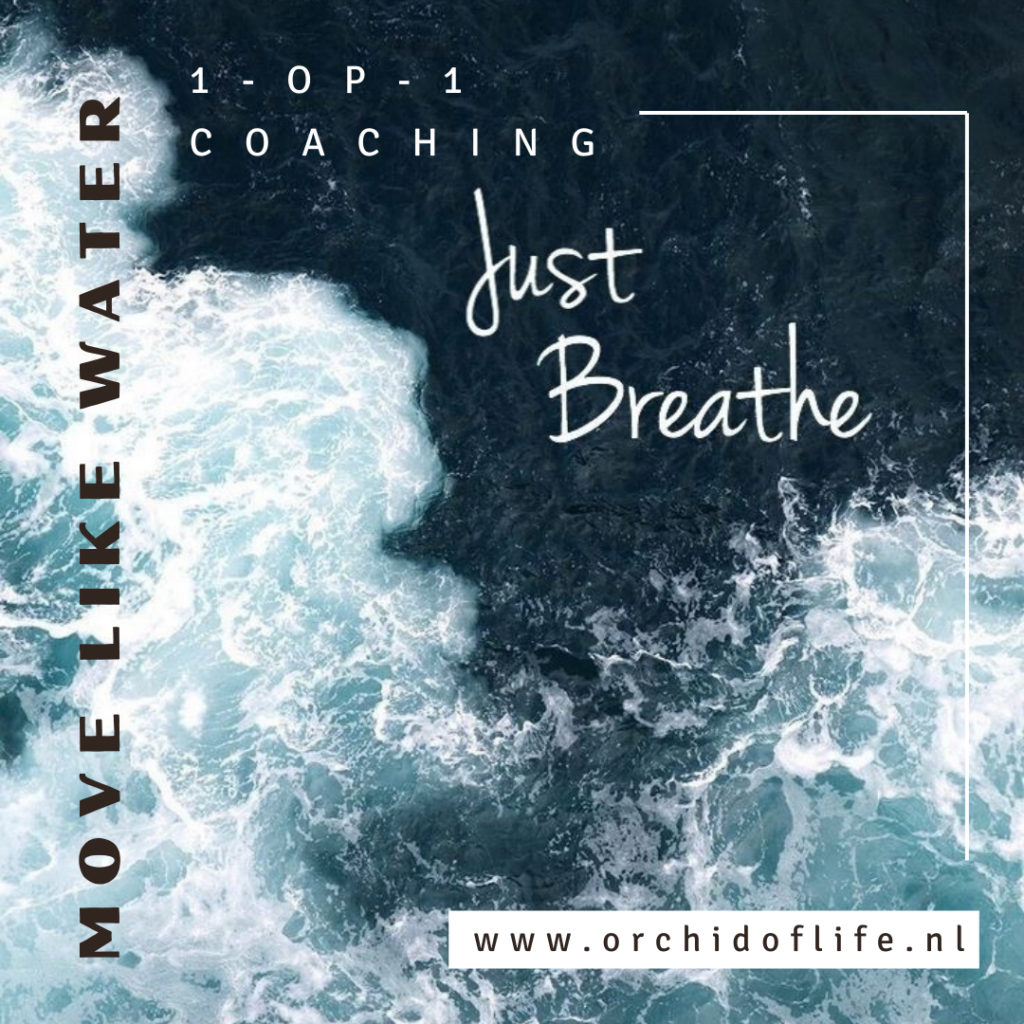Trauma occurs when you are in a situation where something or someone crosses your boundaries. Your body was unable to take action at that moment. Powerlessness and hopelessness arises. The energy that could not be regulated becomes stuck in the body. This causes feelings of insecurity, unrest and depression and leads to the experience of limiting beliefs.
You can experience the released complaints on a psychological, emotional and physical level. Think of: low concentration, worrying, forgetfulness, doubts, being emotional, a short fuse, insomnia, being tired, stiff muscles, tired eyes, no longer being able to tolerate stimuli and headaches. There are even more possible complaints.
If these complaints persist for a longer period, become more severe or the range of complaints expands, this may indicate stress, burnout or that traumas have come to the surface. In addition, main life events such as relationship breakups, death, moving/emigration, birth, changing jobs can trigger and reveal trauma.
Trauma in your early childhood due to, for example: emotional neglect, (sexual) abuse, aggression, hospital admission, chronic pain or an accident can manifest itself in different ways later in life. Psychologically and emotionally you may suffer from depression, perfectionism, fears of failure, addictions and a lack of self-confidence. Physically it can lead to chronic diseases such as fibromyalgia, fatigue and, for example, an autoimmune disease.
By using various coaching techniques, mental space psychology, somatic experiencing and breathwork you are enabled to process traumas and create new perspectives.

To be embodied is to learn to fully be present and comfortable in your own body.
Drop into your body and reconnect to your true essence. Discover and receive what you truly desire. Feel what supports and nourishes you.
Invite your emotions to flow with more ease and awareness. Live your fulfilled life with inspiration and purpose.
Social Panorama

The social panorama includes a number of instruments for psychotherapy and coaching to analyze and improve relationships. The idea behind it is that people live in an unconsciously functioning three-dimensional landscape in which they have given themselves and others a place.
The exact location on which one projects these social images determines the nature and quality of the relationships in question. The resulting 3-D map of social reality ultimately decides on the place one can take in society. Problems with intimate relationships, self-confidence, conflicts, power, families, teams and organizations can be solved with the techniques of this social panorama model.
In more detail:
We are social beings and therefore our experience is packed with people. To navigate successfully among others as humans, we need a map of humanity that tells us who the others are and how we fit among them. On the one hand, we learn to distinguish the unique characteristics of others, so that we can recognize them as individuals. On the other hand, we need to document the relationships we have with the people around us in some way. The question that the social panorama model answers is: How do we represent those interpersonal relationships?
The founder of the Social Panorama is Lucas Derks. For more information about this method, click here.
Watch the documentary ‘Social Panorama: Navigating Social Oceans‘ that I contributed to.

Somatic Experiencing
Somatic Experiencing (SE) is a psychosomatic method for healing trauma. This method primarily focuses on the effects of trauma in our body (soma). Sensations are the language of our body, experiencing sensations is therefore the entrance to processing trauma.
Why Somatic Experiencing?
Dr. Peter A. Levine, the founder of SE, based his theory on his observations of wildlife. Animals are regularly threatened with death. Yet they rarely become traumatized. They instinctively know how to regulate and discharge the intense energy released by survival behavior.
We humans are equipped with almost the same control mechanisms as animals. However, these are limited or blocked by the rational part of our brain. For example, we can ‘grow up’ or ‘persevere’ and thus prevent a complete release. This can result in post-traumatic stress symptoms.
Examples of this are:
anxiety, panic, palpitations, shallow breathing, excessive alertness or irritability, restlessness, insomnia, depression, exhaustion, feeling of helplessness or powerlessness, loss of strength in the muscles, dissociation, feeling that (part of) your body is not yours, limited spectrum of feelings, denial: the trauma did not happen or it is not important.
Video about SE by the founder Peter Levine:
What is rebirthing?

Conscious connected breathing is used within rebirthing or in other words: breathwork. This is a breathing technique that allows you to connect with your body on a deeper level. It frees you from blockages in the body due to accumulated tension, pain and trauma. In addition to connected breathing, coaching and energy management also falls under the rebirthing process.
It works.
Rebirthing aims to heal people for a healthy and happy life. We do this by processing our traumas. We live with self-defense and overcompensation mechanisms to survive. We needed these as children, but now as adults we experience these mechanisms mainly as a burden.
Rebirthing creates space in the body to receive and release negative thoughts and emotions. These are marked in our cells, in our subconscious. We have been taught untruths about ourselves and life as truth. As a child, this self-defense mechanism had a function, but now as an adult it blocks us.
Thoughts such as ‘I’m not good enough’, ‘I can’t do it’, ‘I’m not allowed to feel’, but also other negative thoughts such as ‘I have to work hard’ cause blockages on a physical, mental and energetic level. Rebirthing as a total package, including coaching and energy management, can remove these blockages.
Who is rebirthing for?
For anyone who:
- suffers from negative thoughts on a mental level;
- feels blocked by recurring strong emotions such as fear, anger and sadness;
- feels something that cannot be explained, but it does feel heavy, as if you are carrying 10 kilos with you;
- no longer feels the connection with the body;
- suffers from chronic physical complaints that have no medical cause;
- wants to live more from life energy, life force and love.
Your breath should be light and regular, flowing like a stream through the sand. ~ Thich Nhat Hanh
